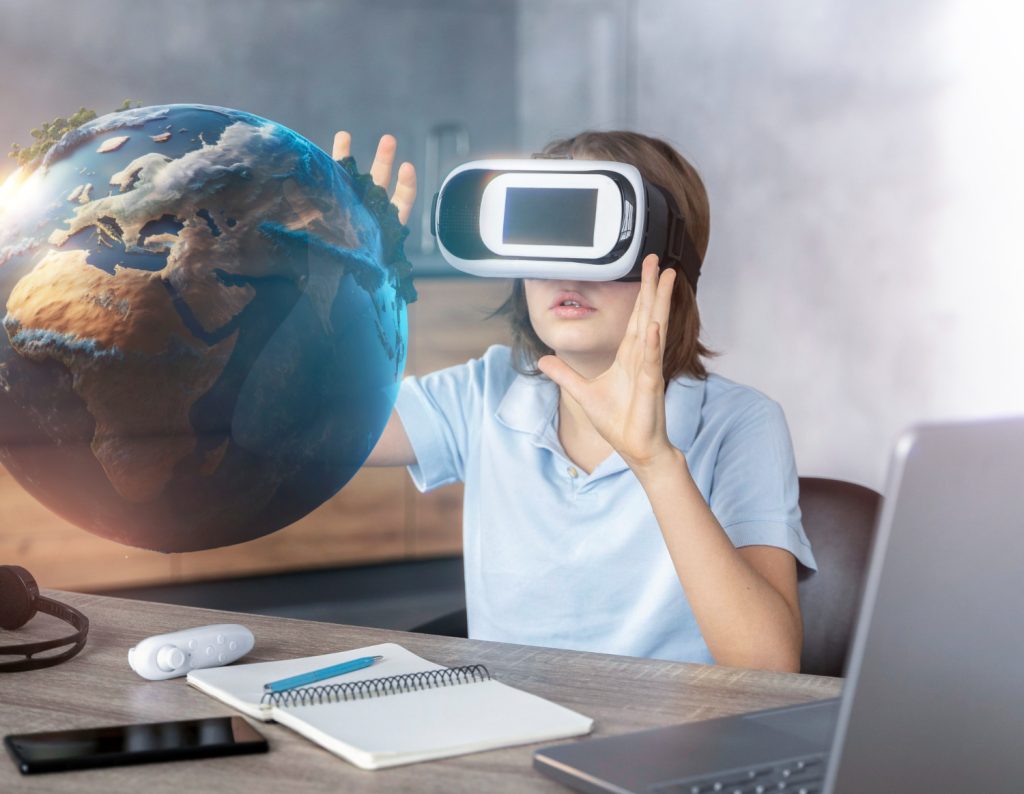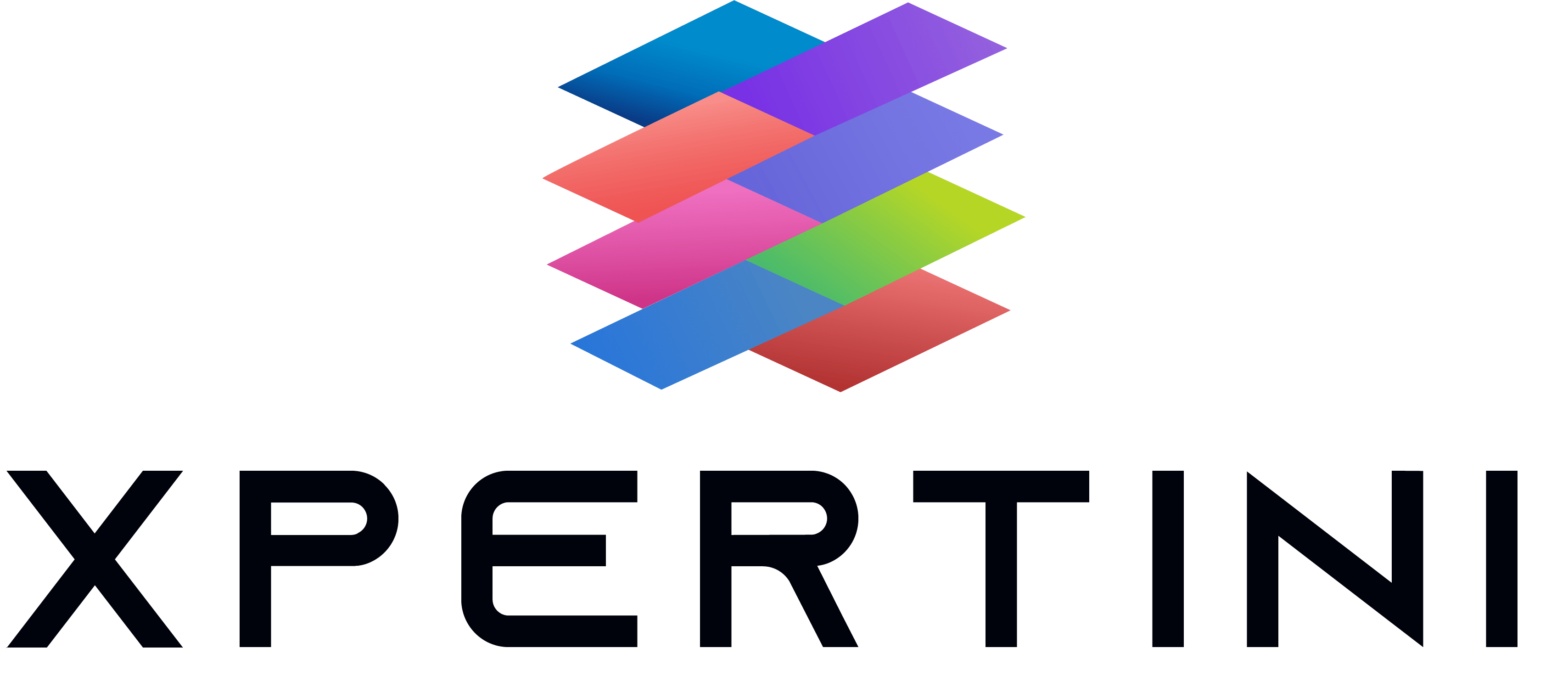The educational landscape is undergoing a seismic shift, propelled by the transformative power of remote learning technologies. No longer a mere stopgap measure for times of crisis, remote learning technologies are rapidly evolving into sophisticated tools that reshape pedagogical approaches, dismantle geographical barriers, and democratize access to knowledge for learners of all ages and backgrounds. This dynamic landscape promises both exciting possibilities and critical challenges, demanding a closer look at the innovations shaping the future of education.

Immersive Learning Environments:
Remote learning technologies are transcending the limitations of flat screens. Virtual reality (VR) headsets and augmented reality (AR) applications are creating immersive learning environments where students can explore ancient civilizations, dissect virtual frogs, or collaborate on projects in shared digital spaces. These technologies foster deeper engagement, cater to diverse learning styles, and unlock previously unimaginable avenues for knowledge acquisition.
Artificial Intelligence as Personalized Tutor:
Imagine an AI tutor that adapts to your learning pace, identifies your strengths and weaknesses, and tailors content accordingly. This is the future promised by remote learning technologies powered by artificial intelligence (AI). Advanced algorithms can analyze student data, recommend personalized learning paths, and provide real-time feedback, transforming the traditional “one-size-fits-all” approach to education into a dynamic, learner-centric experience.
Gamification: Learning Through Playful Exploration:
Learning doesn’t have to be tedious. Remote learning technologies are embracing gamification, incorporating game mechanics like points, badges, and leaderboards to motivate students and make learning an engaging adventure. Interactive educational games can teach complex concepts in a fun and accessible way, fostering a love of learning that extends beyond the digital classroom.
Collaborative Learning Without Borders:
Physical distance no longer poses a barrier to collaboration. Remote learning technologies are fostering global classrooms where students from across continents can work together on projects, share ideas, and learn from diverse perspectives. This collaborative learning environment promotes cultural understanding, communication skills, and problem-solving abilities, preparing students for a world where collaboration transcends geographical boundaries.
Microlearning: Bite-Sized Knowledge on the Go:
In our fast-paced world, attention spans are dwindling. Remote learning technologies are adapting to this reality by offering microlearning modules – short, focused bursts of information that can be consumed on the go. These bite-sized learning opportunities allow students to fit learning into their busy schedules, maximizing knowledge acquisition without sacrificing precious time.
The Rise of Social Learning:
Learning from peers can be just as valuable as learning from teachers. Remote learning technologies are facilitating social learning through interactive forums, discussion boards, and collaborative platforms. Students can share their understanding, ask questions, and learn from each other’s experiences, creating a vibrant community of learners that extends beyond the confines of the classroom.
The Power of Mobile Learning:
Education is no longer confined to desktops and laptops. The ubiquity of smartphones and tablets has ushered in the era of mobile learning. Educational apps, interactive ebooks, and mobile-optimized learning platforms empower students to access knowledge anytime, anywhere. This mobility empowers learners to take control of their education and breaks down geographical and socioeconomic barriers to learning.
Accessibility and Inclusivity:
Remote learning technologies have the potential to revolutionize education for individuals with disabilities. Text-to-speech software, closed captioning tools, and accessibility features built into platforms can create inclusive learning environments where everyone can access knowledge and thrive. This democratization of education ensures that learning opportunities are no longer limited by physical or cognitive limitations.
Data-Driven Decision Making:
Remote learning technologies generate a wealth of data about student engagement, learning progress, and areas of difficulty. This data can be harnessed to make informed decisions about curriculum development, teaching methods, and individual student support. By leveraging data analytics, educators can personalize learning experiences and optimize remote learning for maximum effectiveness.
The Evolving Role of Educators:
In the future of remote learning, educators will transition from mere knowledge dispensers to skilled facilitators and guides. They will curate learning experiences, orchestrate collaborations, and provide personalized support to navigate the vast digital landscape. This evolving role demands new skills like technology proficiency, data analysis, and an ability to foster a strong online learning community.
Additional Resources:
- The Impact of Continuous Learning on Mental Well-being
- Continuous Learning: The Cornerstone of Professional Development Strategies
- Career Opportunities in Architecture and Design
- Online Learning Platforms Comparison: A Detailed Review of Top Options
- Continuous Learning for Pivoting Careers
- The Role of Top 10 Leadership Skills in Career Growth
- Exploring The 10 Global Opportunities Through Continuous Learning
- Top 10 Effective Goal Setting for Career Transformation
- Top 10 Roles of Emotional Intelligence in Career Success
- 10 Dynamic Strategies for Leveraging Continuous Learning in Career Transitions
Table of Contents
Categories
Latest Posts
- Understanding Galactic Astronomy /*! elementor - [...]
- Understanding Computer Architecture /*! elementor - [...]
- Understanding Cognitive Psychology /*! elementor - [...]
FAQs:
Will remote learning technologies replace traditional classrooms altogether?
Remote learning technologies are not intended to replace traditional classrooms but rather offer alternative educational pathways and supplement existing models. The future of education likely lies in a hybrid approach, blending the strengths of both online and offline learning environments.
How can we ensure that remote learning doesn’t lead to social isolation for students?
Fostering a strong sense of community within online learning platforms is crucial. Interactive features, collaborative projects, and virtual social events can help build connections and combat feelings of isolation. Additionally, promoting healthy technology use and encouraging offline social interactions remain essential for well-being.
What are the security and privacy concerns surrounding remote learning technologies?
Data security and student privacy are paramount. Utilizing secure platforms, implementing robust data protection measures, and providing clear guidelines on data usage are crucial to ensure a safe and secure learning environment.
Where can I find more information and resources on remote learning technologies?
Numerous online resources and educational technology organizations offer insightful information and practical guidance on implementing and navigating remote learning technologies. Stay informed, seek support from industry experts, and collaborate with your community to make the most of these revolutionary tools in shaping the future of education.
